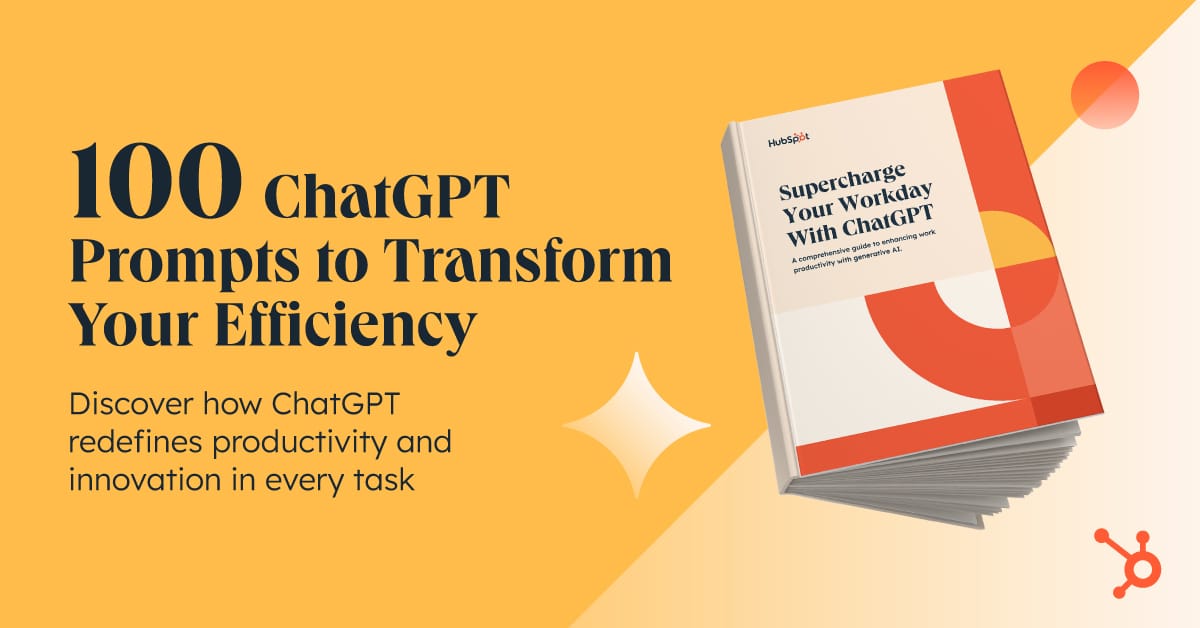- TechOps Examples
- Posts
- Cloud Bursting – Key Element of Modern Hybrid Cloud Architectures
Cloud Bursting – Key Element of Modern Hybrid Cloud Architectures
TechOps Examples
Hey — It's Govardhana MK 👋
Along with a use case deep dive, we identify the remote job opportunities, top news, tools, and articles in the TechOps industry.
👋 Before we begin... a big thank you to today's sponsor HUBSPOT
Want to get the most out of ChatGPT?
ChatGPT is a superpower if you know how to use it correctly.
Discover how HubSpot's guide to AI can elevate both your productivity and creativity to get more things done.
Learn to automate tasks, enhance decision-making, and foster innovation with the power of AI.
HOW TO WIN (ALMOST) ANY ARGUMENT — This animated video shows you handle arguments better, grow through conflict, and lead your life and career with more clarity and confidence.
A good watch for the weekend.
IN TODAY'S EDITION
🧠 Use Case
Cloud Bursting – Key Element of Modern Hybrid Cloud Architectures
🚀 Top News
👀 Remote Jobs
Flashbots is hiring a Senior DevOps Engineer
Remote Location: Worldwide
Teravision is hiring a Senior Site Reliability Engineer
Remote Location: Worldwide
📚️ Resources
📢 Reddit Threads
🛠️ TOOL OF THE DAY
k8sgpt - A tool for scanning your Kubernetes clusters, diagnosing, and triaging issues in simple English.
🧠 USE CASE
Cloud Bursting – Key Element of Modern Hybrid Cloud Architectures
Not many cloud engineers are aware of cloud bursting, though it's widely adopted in retail, trading, gaming, and media platforms that see unpredictable traffic.
Here’s what it means in practice. Your app runs in a private cloud or on prem environment. When traffic suddenly spikes beyond its capacity, the extra demand is offloaded to the public cloud. This offloading is called bursting.
I’ve prepared this simple and self explanatory breakdown for easy understanding.

Download a high resolution copy of this diagram here for future reference.
But what does it take to actually implement cloud bursting in production?
1. Your Architecture Must Support Cloud Native Dual Deployment
Start by making sure the application or workload can run identically in both private and public environments. This means:
Stateless or loosely coupled services work best
Session persistence must be externalized (think Redis, Memcached)
Use containerized workloads (Kubernetes or Nomad) to simplify portability
Externalize environment configs using tools like Consul, Vault, or SSM Parameters
If your workloads rely on local storage or hardcoded infra settings, cloud bursting will fail before it starts.
2. You’ll Need a Load Balancer That Can Split Between Clouds
Cloud bursting isn’t just about compute. It’s about routing.
Use DNS based traffic management (Route53, Azure Traffic Manager, NS1) to distribute requests
Combine with L7 load balancers like HAProxy, NGINX, or cloud native equivalents (ALB, Cloud Armor, Application Gateway)
Apply health checks to detect spike thresholds and burst triggers
For advanced setups, deploy a service mesh like Istio or Consul Mesh for east-west traffic routing across clusters.
3. Set Up Automation for Burst Triggers
This is where most implementations get messy.
Use pod autoscalers (K8s HPA/VPA) with metrics from Prometheus, CloudWatch, or Datadog
Trigger infrastructure scale out using Terraform or Pulumi via event driven systems like AWS EventBridge, Azure Event Grid, or GCP Pub/Sub
Leverage CI/CD pipelines to prepare standby infra in public cloud, but only scale when needed
Avoid static thresholds. Use real metrics (CPU, memory, request latency, queue depth) to trigger intelligently.
4. Security and Compliance Cannot Be Bolted On Later
The moment data moves between two clouds, you need to be extra cautious.
Enable end to end encryption between clouds (TLS + mutual auth)
Use IAM federation between private and public environments (e.g., AD → AWS IAM Roles via SAML or Microsoft Entra)
Log access and actions across both clouds using centralized systems (ELK, Splunk, or cloud native logging tools)
Build in audit trails and compliance hooks from the start.
My 2 Cents:
Don’t try bursting your monolith.
Document which metrics trigger bursting.
Always simulate bursting before real traffic.
Create burn back plans for when traffic reduces.
Cloud bursting is powerful, but only if you’ve done the groundwork. The theory is simple. The implementation is not.
Get the architecture, automation, and observability right or expect pain when traffic hits.
If you’re interested in starting a newsletter like this, try out beehiiv (it’s what I use).
You get a 30 day free trial + 20% OFF for 3 months when you sign up using the link below.
Looking to promote your company, product, service, or event to 43,000+ Cloud Native Professionals? Let's work together.
Partner Disclosure: Please note that some of the links in this post are affiliate links, which means if you click on them and make a purchase, I may receive a small commission at no extra cost to you. This helps support my work and allows me to continue to provide valuable content. I only recommend products that I use and love. Thank you for your support!

